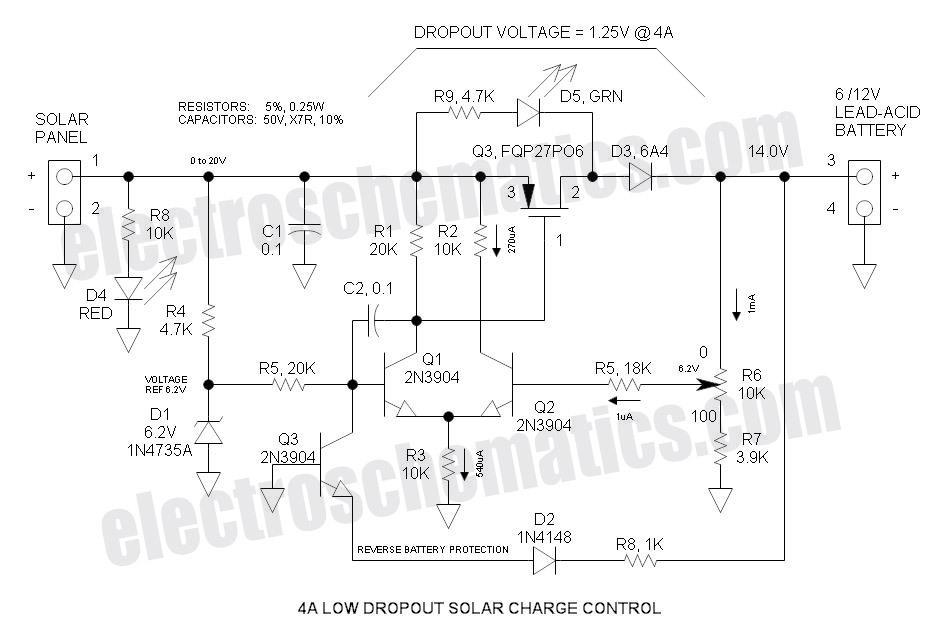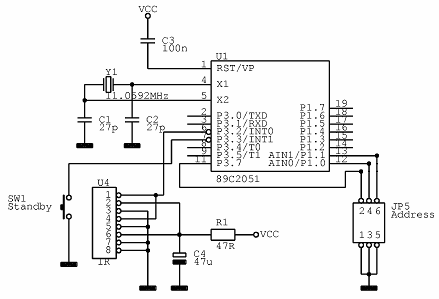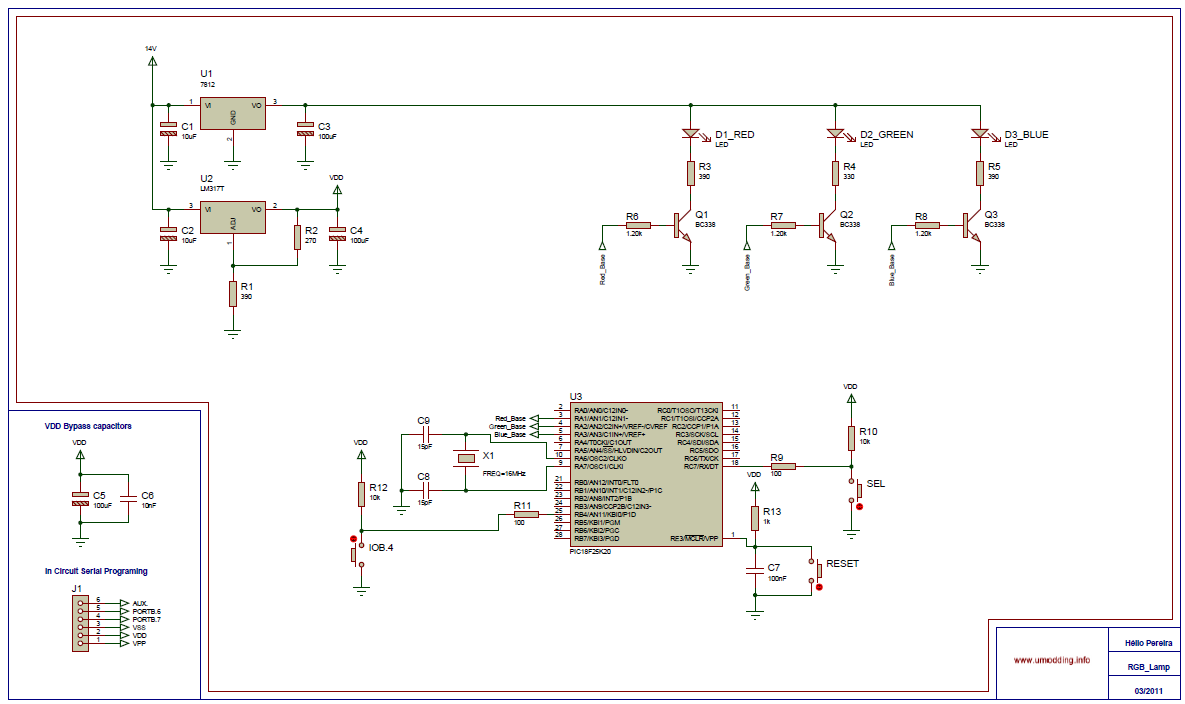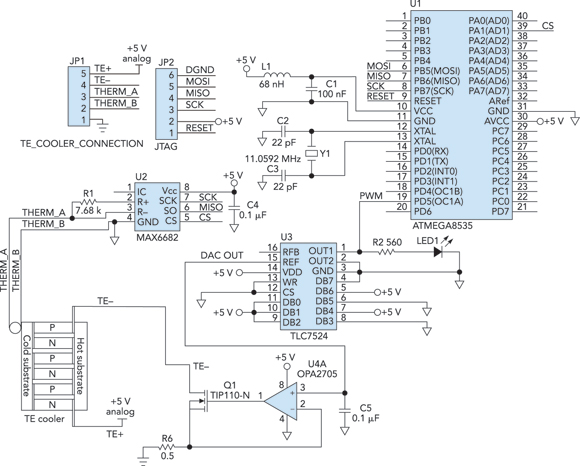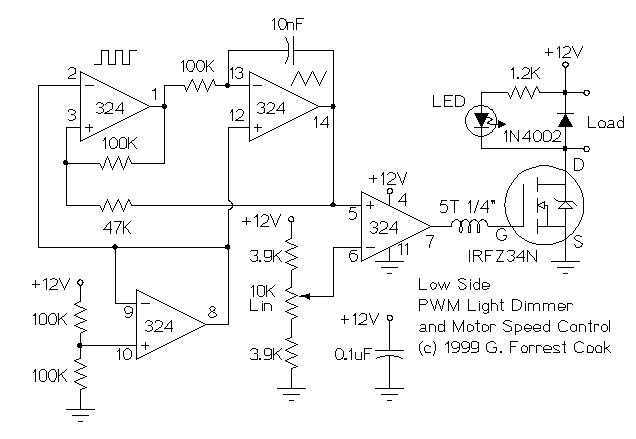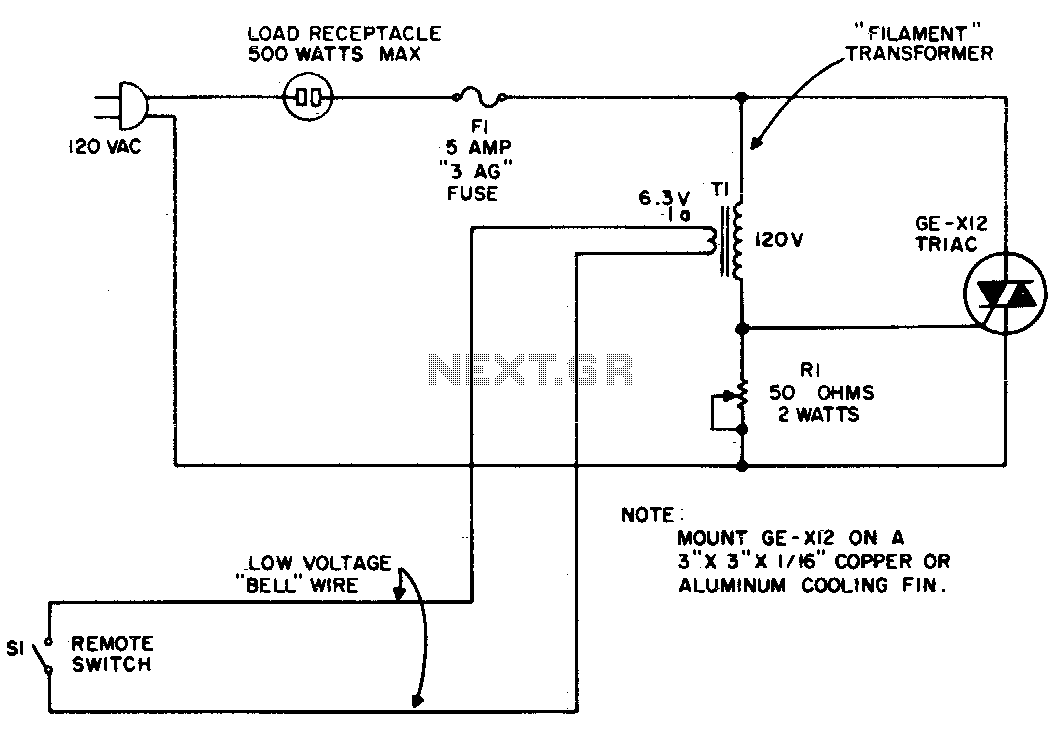
DC Fan Control (Switching on/off)
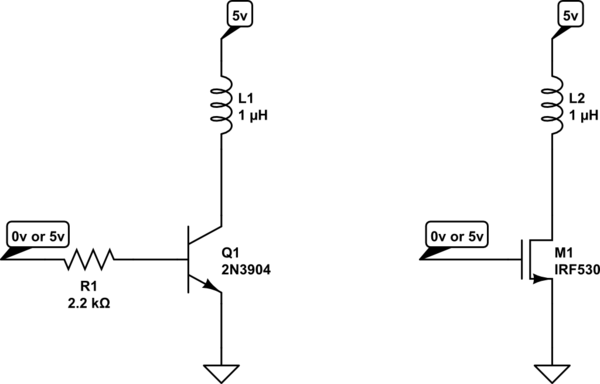
The project involves using an MC25060V2 fan, which needs to be controlled through software for on and off switching without utilizing PWM or complex methods. The proposed solution involves using either an NPN BJT or an N-channel MOSFET on the low side, with the gate controlled by a 5V microcontroller GPIO pin. The inquiry seeks guidance on whether to select one technology over the other or to consider an alternative approach. Schematic representations are provided, illustrating the concept logically, with the fan represented as an inductor, while specific part numbers and values are deemed unimportant.
The MC25060V2 fan is a DC brushless fan typically used for cooling applications. To control this fan electronically, a low-side switch configuration is suitable. The low-side switching method involves connecting the switching device (either an NPN BJT or an N-channel MOSFET) between the ground and the fan. When the microcontroller GPIO pin outputs a high signal (5V), the switching device turns on, allowing current to flow through the fan, thus activating it. Conversely, when the GPIO pin is low, the fan is turned off.
When choosing between an NPN BJT and an N-channel MOSFET, several factors should be considered. N-channel MOSFETs generally have lower on-resistance compared to BJTs, resulting in less power dissipation and heat generation, which is beneficial for efficiency. Additionally, MOSFETs are voltage-driven devices, meaning they require less input current to switch on, making them suitable for microcontroller applications where GPIO current sourcing capability may be limited.
In contrast, BJTs are current-driven devices and may require a base resistor to limit the current flowing from the GPIO pin. This can complicate the design and may not be as efficient as using a MOSFET. Furthermore, BJTs typically have a slower switching speed compared to MOSFETs, which might be a consideration depending on the intended application.
For the schematic representation, the fan can be modeled as an inductive load. The low-side switch (BJT or MOSFET) is connected to the negative side of the fan, while the positive side connects to the power supply. A flyback diode should be included across the fan to protect the switching device from voltage spikes generated when the inductive load is turned off. This diode should be oriented to allow current to flow when the fan is switched off, preventing damage to the switching device.
In summary, the choice between an NPN BJT and an N-channel MOSFET for controlling the MC25060V2 fan through a microcontroller GPIO pin should consider factors such as efficiency, switching speed, and complexity of the control circuit. The schematic design should include necessary protective components to ensure reliable operation.Using an MC25060V2 fan, and I`d like to switch it on and off through software occasionally (i. e. not PWM or anything fancy like that). My thought is to either put an NPN BJT or a N-channel MOSFET on the low side and control it`s gate with a 5V microcontroller GPIO pin. Any reason I should choose one technology over the other (or another approa ch altogether) Here are schematic representations of what I`m proposing (just logical, representing fan as an inductor and part numbers / values not important). 🔗 External reference
The MC25060V2 fan is a DC brushless fan typically used for cooling applications. To control this fan electronically, a low-side switch configuration is suitable. The low-side switching method involves connecting the switching device (either an NPN BJT or an N-channel MOSFET) between the ground and the fan. When the microcontroller GPIO pin outputs a high signal (5V), the switching device turns on, allowing current to flow through the fan, thus activating it. Conversely, when the GPIO pin is low, the fan is turned off.
When choosing between an NPN BJT and an N-channel MOSFET, several factors should be considered. N-channel MOSFETs generally have lower on-resistance compared to BJTs, resulting in less power dissipation and heat generation, which is beneficial for efficiency. Additionally, MOSFETs are voltage-driven devices, meaning they require less input current to switch on, making them suitable for microcontroller applications where GPIO current sourcing capability may be limited.
In contrast, BJTs are current-driven devices and may require a base resistor to limit the current flowing from the GPIO pin. This can complicate the design and may not be as efficient as using a MOSFET. Furthermore, BJTs typically have a slower switching speed compared to MOSFETs, which might be a consideration depending on the intended application.
For the schematic representation, the fan can be modeled as an inductive load. The low-side switch (BJT or MOSFET) is connected to the negative side of the fan, while the positive side connects to the power supply. A flyback diode should be included across the fan to protect the switching device from voltage spikes generated when the inductive load is turned off. This diode should be oriented to allow current to flow when the fan is switched off, preventing damage to the switching device.
In summary, the choice between an NPN BJT and an N-channel MOSFET for controlling the MC25060V2 fan through a microcontroller GPIO pin should consider factors such as efficiency, switching speed, and complexity of the control circuit. The schematic design should include necessary protective components to ensure reliable operation.Using an MC25060V2 fan, and I`d like to switch it on and off through software occasionally (i. e. not PWM or anything fancy like that). My thought is to either put an NPN BJT or a N-channel MOSFET on the low side and control it`s gate with a 5V microcontroller GPIO pin. Any reason I should choose one technology over the other (or another approa ch altogether) Here are schematic representations of what I`m proposing (just logical, representing fan as an inductor and part numbers / values not important). 🔗 External reference
